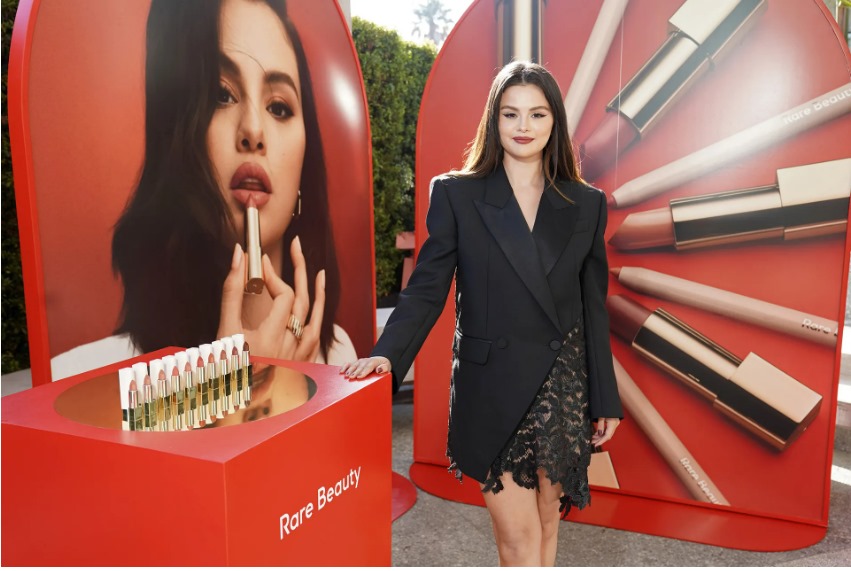Understanding the Matrix of Celebrity Deals
Most people assume that the greater the ownership in a company, the greater care the person will have in seeing that business succeed. Whilst that is often the case in the real world, this doesn’t play out as expected in the context of celebrity deals. Rather than bore you with the analogy of ‘how long is a piece of string’, it is more helpful to outline the steps and considerations you need to make when going down this route.
The TLDR of it is: As little as needed to get them to deliver the results you are after.

5 Steps to Understanding Celebrity Ownership
STEP 1: What do you need?
There is a process for understanding this, and oftentimes people start with the last step, ‘who’; when founders really need to start with the first step, ‘why’.
Simon Sinek had it correct when he used this strategy to drive customer behaviour, and it’s the same strategy founders need to employ when deciding to bring on a celebrity partner. Assuming the ‘why’ is to grow the business faster, you then need to layout the ‘what’.
Most founders assume that bringing on a celebrity partner is all about reach. The assumption being that the more people who know about the product, the greater likelihood of sales. This misses a fundamental piece of marketing of knowing your audience.
Despite the saying, it truly is impossible to sell ice to Eskimos.
In the real world, a great example of a celebrity partner that is misaligned for reach is Emily Ratajkowski and her swimwear line EMORATA. Whilst Emily looks great in a bikini, her social media following of 30m+ is heavily skewed towards men.
She’d do better selling beer.
Which she has (Peroni in April).

STEP 2: Does ownership make sense?
It seems impossible to recall now, but the business case for celebrities to secure equity in brands is a nascent construct – roughly five years old. Which means people are still figuring it out. And it’s easy to throw the baby out with the bathwater, but celebrity endorsements have worked for hundreds of years (the first celebrity endorsement deal was in 1760) and should still be considered when looking to grow your brand quickly.
Many founders assume that if celebrities have equity, then they will work harder, but again, that is not necessarily the case. Assuming you are just looking for reach and awareness, you can often achieve this by paying the celebrity for a campaign or rolling out an influencer marketing strategy. Both of which are short term projects utilized to grow sales.
And both work.
Surprising to many is that Martha Stewart, a name synonymous with ownership and brand building, doesn’t take equity in most of the brands she represents. She still works twice as hard as anyone else and converts an impressive number of customers, even if she isn’t sitting on the cap table.

When you bring on a celebrity co-founder, you have the benefit of working with them for the long-term, but you often cannibalize their audience after one year and will need a strategic go-to-market strategy following launch to be sustainable.
Equity doesn’t always make sense.
STEP 3: What can you afford?
The reason equity has taken off among brands is because it requires little to no capital to secure the celebrity partner. This is huge for startups – many of which are often cash strapped with a focus on proving growth to raise the next round.

However, if the founders give too much equity to a celebrity partner, they often disincentivise themselves further down the line when they themselves get diluted from raising additional capital from investors.
This should be a red flag for investors who don’t understand how to create value from celebrity partnerships. The last thing you want is to have a stakeholder who owns 40% of a business and does 3% of the work.
The recommendation here is to balance equity with cash to correctly attribute the amount of equity to the projected amount of growth the business will see. This is simple math that anyone with a marketing background can determine. It’s important to do this exercise to ensure the workload and results are aligned.
STEP 4: Who can you afford?

Not all celebrities cost the same.
There are even greater variances when it comes to how entrepreneurial they are (read: how much equity they would be prepared to take in lieu of cash). Getting Ryan Reynolds on a Y-Combinator budget is just not going to happen, so you need to understand the landscape for how to structure a deal that not only works for you but works within your budget.
When trying to identify potential celebrity partners, I highly recommend working with agencies like CAA and WME who have huge rosters of clients that they know intimately. They are great at helping you find the right fit, assuming you know what you are looking for.
STEP 5: How to strike a deal
At the end of the day, you will be actually working with your celebrity co-founder so transparency is key. Make sure both parties are explicitly clear about expectations, down to how many posts or appearances you expect them to make. Conversely, you should expect that maximizing the celebrity co-founder will cost you money – glam squads, flights, and photo shoots all add costs to the bottom line beyond what you might be paying them in royalties.
Be clear about expectations.
When it is all said and done, we typically like to see celebrities own 5%-15% of the business they are a part of regardless of what royalties (a percentage of cash for sales) are in place. Any more than 15% would need a very clear reason and strategy as to why there is value. Otherwise, there is too much risk that the operating partners will lose interest down the road.

